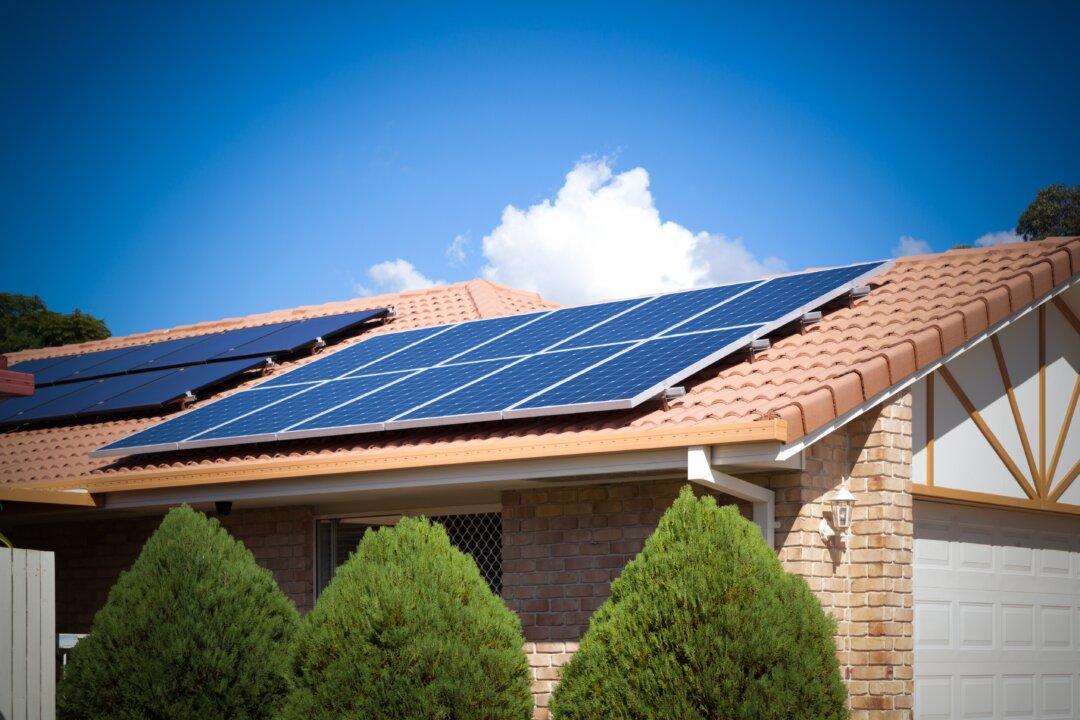Skyrocketing levels of rooftop solar for households and businesses has prompted the government of Western Australia (WA) to require future solar panels to be installed with remote shut-off capabilities.
From Feb. 14, 2022, any solar installations or upgrades will need to be equipped with the ability to be turned off when electricity demand reaches critically low levels to avoid blackouts.





